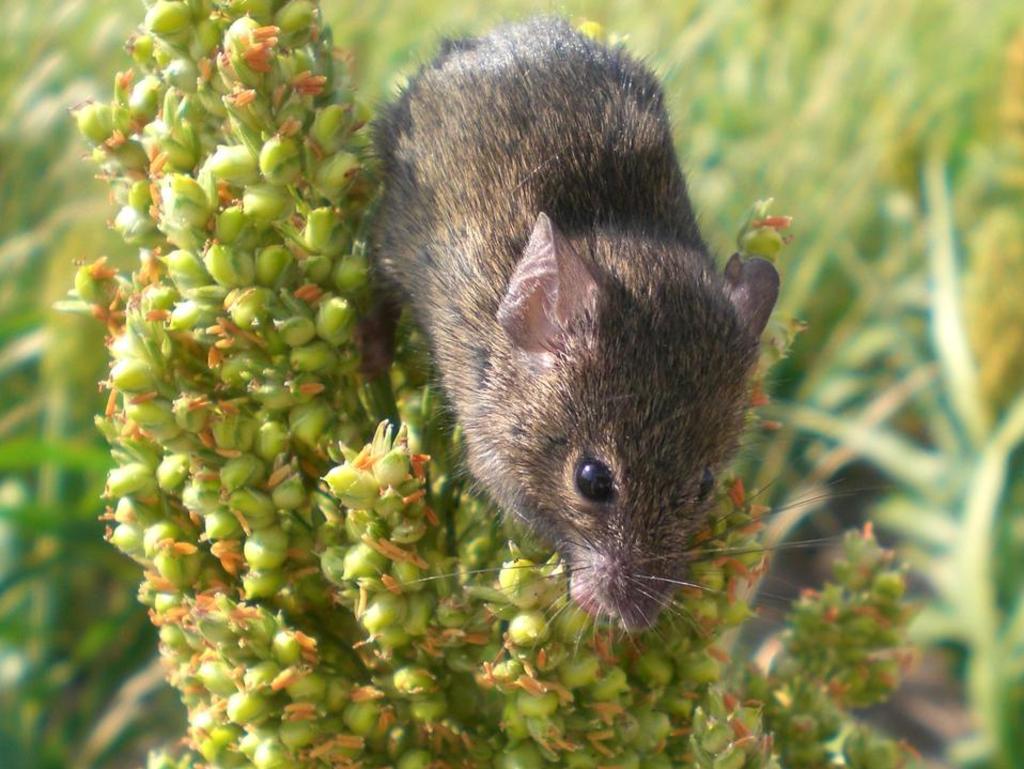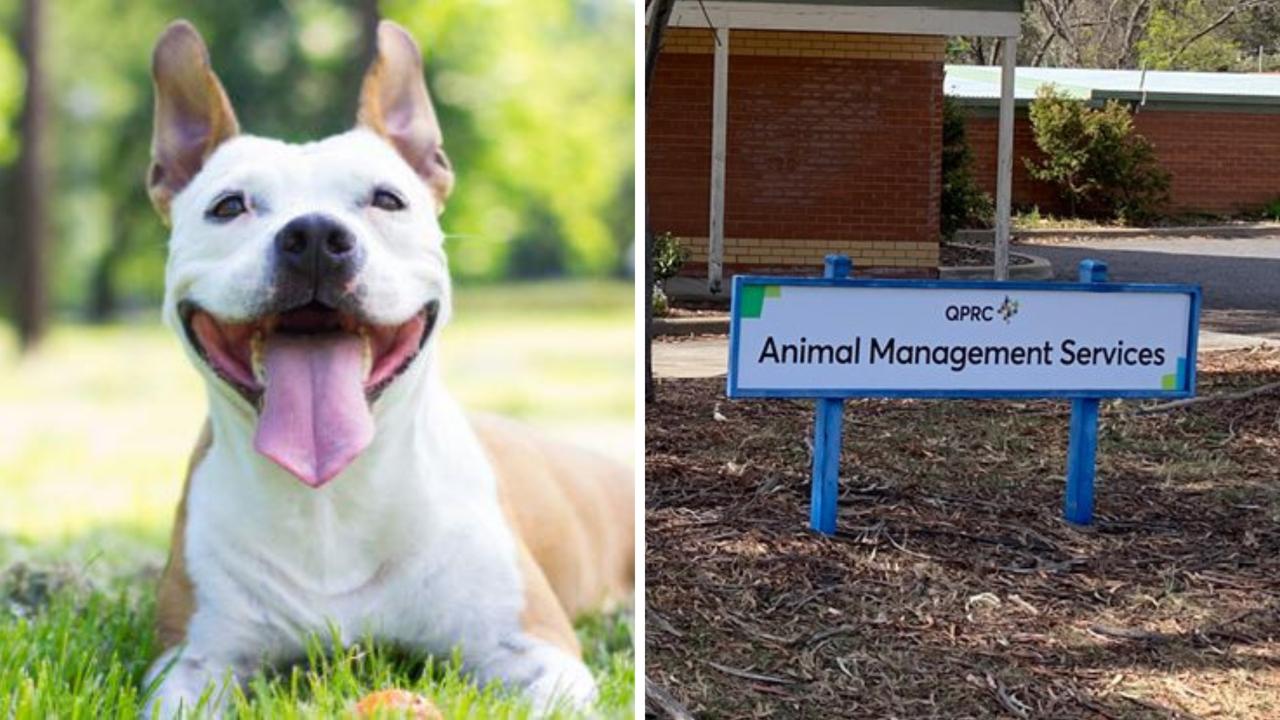Mice plague in western NSW hits fever pitch
Aussie farmers are set to lose millions of dollars in crops as a horrifying mice plague chews its way through rural NSW.

Rural NSW’s mice plague has hit fever pitch with the farming industry set to lose millions of dollars in crops as hordes of the pesky rodents continue to crawl their way through the state’s west.
For farmer Ben Storer, the relentless rodents have already chewed a six-figure hole through his pocket. Over a billion mice have been estimated to have passed through his property, taking out football fields’ worth of crops as they go.
“We had (mice) bad in the 1980s once and we’ve had outbreaks of them here and there, but nothing this bad,” Mr Storer told The Daily Telegraph.
“To then lose a whole sorghum crop and some 1000 roles of hay … you could easily factor in a couple of hundred thousand dollars for the sorghum (grain), and then, with the value of hay during the drought, you could probably say it was worth the same.”

Things are just as bad 100km north in the town of Coonamble, where footage of thousands of mice overrunning rural properties has gone global.
Anne Cullen, a farmer in the central-western plains, sent a video to 2GB of mice running rampant inside and outside her house and barn last month.
“Oh, it's terrible, absolutely terrible,” she told 2GB in March.
“I went away for a couple of nights to Dubbo … when I came back one evening, I nearly burst into tears.
“There were mice running all over my veranda, all over my bed and all over the lounge room floor. I had one run across my back and in my hair.”
Mrs Cullen detailed the lengths she had to go to just to minimise the breeding, because exterminating them was not yet a possibility.
“I’ve managed to get on top of it in the house, sealing up holes with steel wool and I’ve been baiting under the house but the stench now is putrid,” she said.
“I have to bait every second night under the house. But over at the shed, I‘m beginning to wonder (if it is worth it).
“I put out about $350 worth of bait each day at about 7.30pm. You see thousands of dead ones. But you go back out (to the shed) at 9pm and you wonder, have I even made a dent in this?”
Coonamble resident Jacob Savage, a teacher at the local high school, said he couldn’t believe how hard rural NSW was copping it after moving west from the Mid North Coast in January.
“Up until April, I was seeing more than I could count every day; whether that was at home, in the classroom or even at the supermarket,” he told news.com.au.
“Since coming back after the holidays it has seemed to calm down a bit but let’s just hope it continues to.”
In Gulargambone, Pompy Singh, the manager of the local Spar supermarket, said staff began to notice the number of mice soar before Christmas 2020. Staff used to set one or two traps a day, Mr Singh told AP. As the plague grew, the supermarket was forced to buy much larger traps, setting up a minimum of 20 at a time around the store.
Mr Singh said no effort was strong enough to repel the waves of rodents, claiming the store was catching up to 600 per day in their heaviest periods. Even the refrigerators, which were stocked to the brim to shield product from mice, kept breaking down as the mice chewed through the wiring.

CSIRO research officer Steve Henry said there is some hope of the plague easing, with the giant mice population predicted to turn on itself once its number bulges beyond sustainable levels.
Speaking to The Daily Telegraph, Mr Henry said wet weather wiping out mice populations is a common misconception.
“There’s a lot of talk about wet weather and frost wiping populations out, but that’s not accurate,” he said.
“It depends on how many survive over the winter, because that’ll dictate how many there are come spring … There’s no break in the production of offspring, that’s how their numbers can boom so quickly.”



